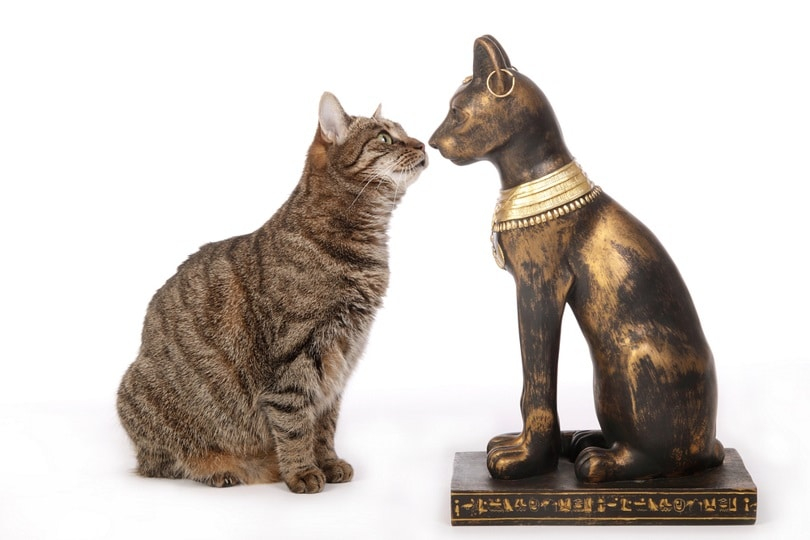From the ancient streets of Istanbul to the majestic pyramids of Egypt, cats have left their mark on civilizations throughout history. But how did these creatures evolve from wild predators to beloved companions?
In the pages of history, cats have played a vital role in human societies, revered for their prowess as pest controllers. In ancient Egypt, cats were worshipped as sacred animals, safeguarding grain stores from rodents and symbolizing fertility and protection. Their presence was so esteemed that harming a cat was punishable by death—a testament to their revered status in Egyptian culture.
Beyond Egypt, cats also held significance in other cultures as skilled hunters and protectors of homes and granaries. In Norse mythology, the goddess Freyja rode a chariot pulled by cats, highlighting their association with fertility and abundance. Similarly, in Japanese folklore, the beckoning cat, or "Maneki-Neko" is believed to bring good fortune and prosperity to its owner.
However, not all cultures view cats in the same light. In medieval Europe, cats were often associated with witchcraft and superstition, accused of being familiars to witches and harboring dark powers. This fear and suspicion led to widespread persecution of cats during the Middle Ages, resulting in the decimation of their populations and the proliferation of vermin-borne diseases such as the Black Death.
During the Middle Ages, when the Black Death ravaged Europe, cats played a crucial role in preventing the spread of the deadly plague. As carriers of fleas, which were responsible for transmitting the disease, rats were abundant in urban areas. However, the presence of cats helped to control the rat population, thereby reducing the prevalence of the plague. Their hunting instincts and agility made them formidable adversaries to rodents, effectively curbing the spread of the disease and safeguarding human populations. In regions where cats were valued and protected, such as monasteries and ships, incidences of the plague were notably lower compared to areas where cats were persecuted.
Despite these misconceptions, cats ultimately prevailed, thanks to their innate resilience and adaptability. As civilizations evolved, so too did the role of cats in society. No longer viewed solely as pest controllers, cats became valued companions, cherished for their affectionate nature and playful antics.
Today, cats are celebrated in cultures around the world, revered for their unique personalities and unwavering loyalty. From the elegant Siamese cats of Thailand to the majestic Maine Coons of America, feline companionship knows no bounds. In the age of the internet, cats have even achieved celebrity status, with viral videos and social media accounts dedicated to showcasing their adorable antics. From their humble origins as pest controllers to their cherished status as beloved pets, cats have woven themselves into the fabric of human history and culture.
